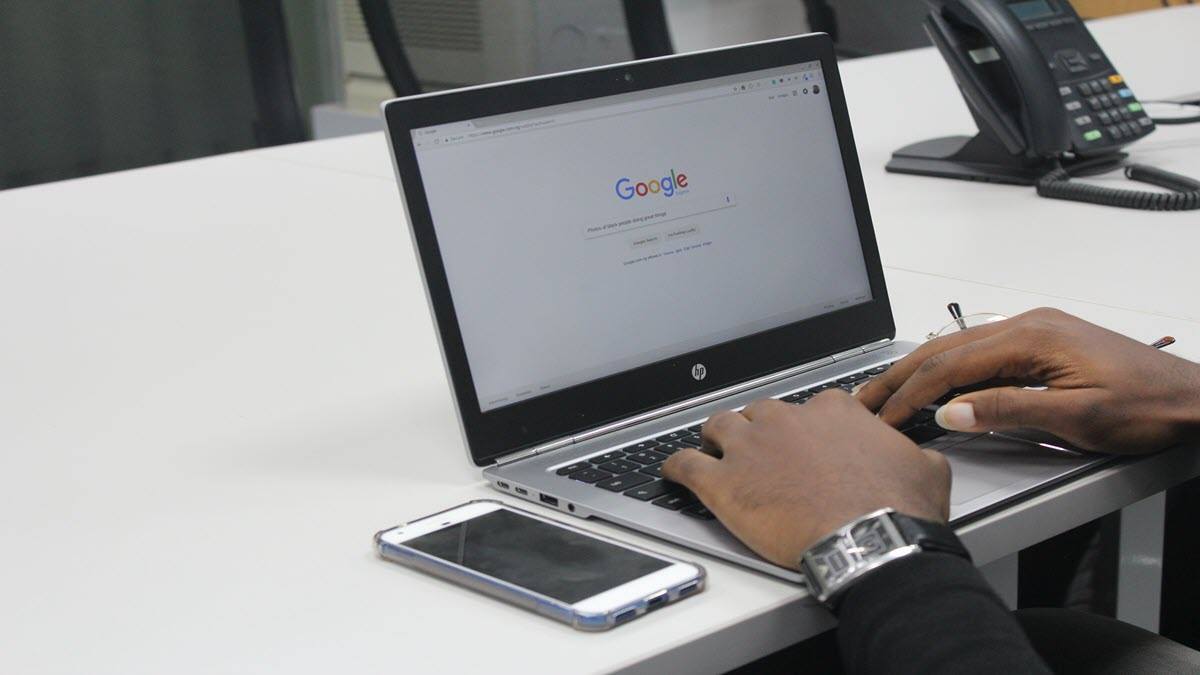Google Chrome is one of the most popular browsers in the world. But you may meet the situation that the website you want to access is denied by Google Chrome. Yes, it’s possible that Google might block some sites for different reasons. To fix this issue, you can try the below methods.
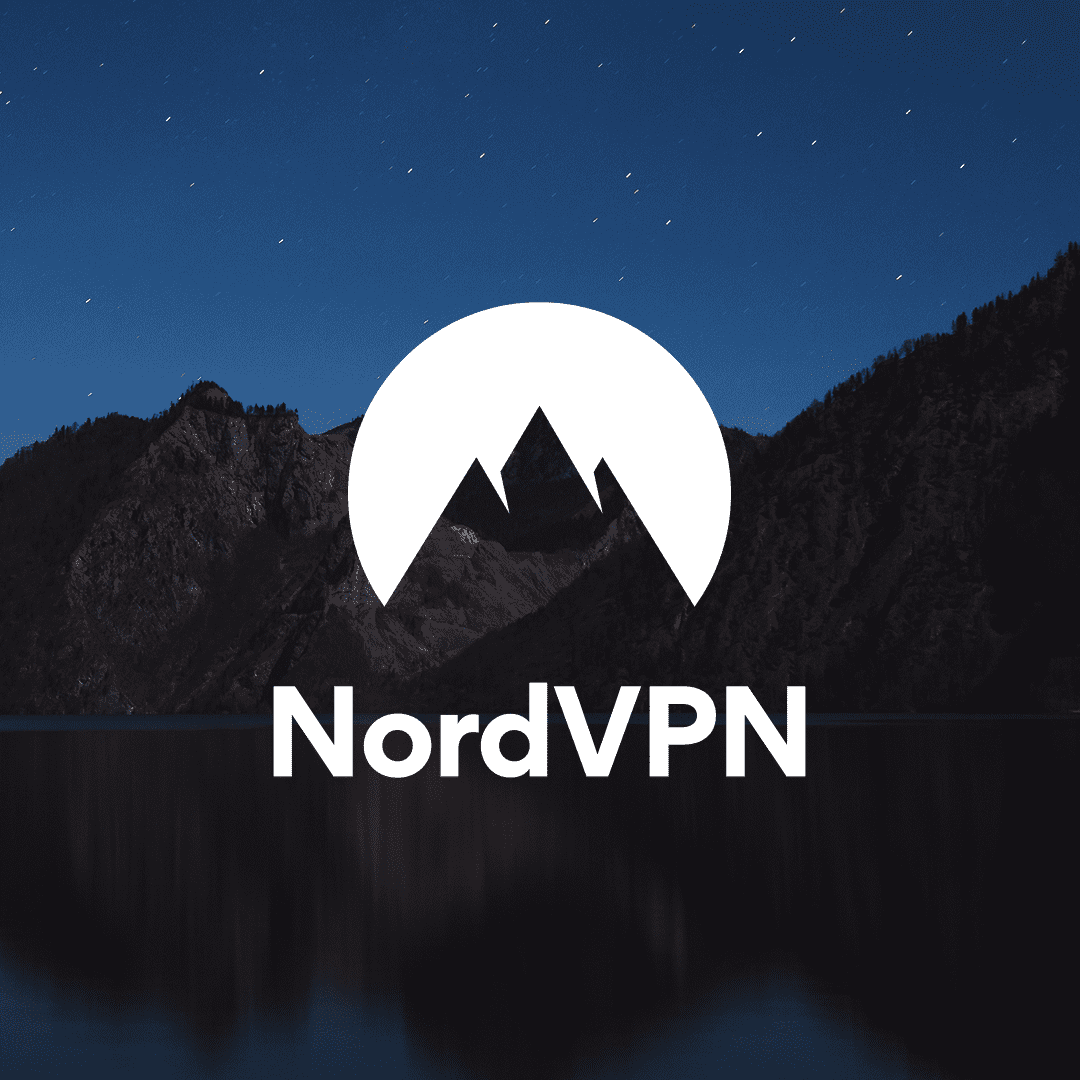
Unblock Any Website with NordVPN
Learn how you can access content in countries or institutions where it is blocked or censored.
Try these fixes:
- Unblock a website from the Restricted sites list
- Reset your Hosts file to unblock websites
- Use a VPN to unblock websites
- Use Google Chrome extensions to unblock websites
- Repair system files
Tip: Change settings for a specific site
Method 1: Unblock a website from the Restricted sites list
Check your Google Chrome proxy settings first. The website you want to access may be added to the Restricted sites list. If this website is in the Restriction sites list, you can simply remove it to solve the problem.
If you can’t find the website in the Restricted sites list, try the next method.
1) Launch Google Chrome, click the three dots button in the upper right corner, then click Settings. 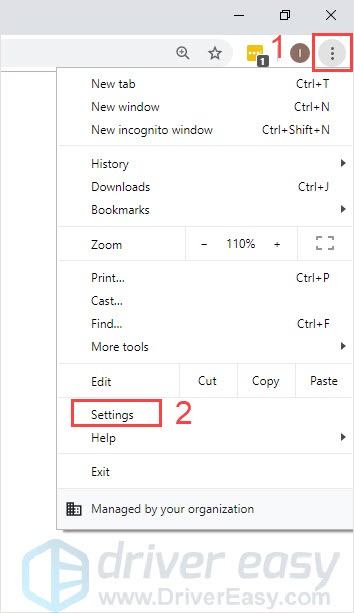
2) Scroll down to the bottom and click Advanced.
3) Under System, click Open proxy settings. 
4) In the Security tab, select Restricted sites then click Sites. 
5) If the website you want to access is on the list, you can select it and click Remove. Then click OK to finish setting. 
6) Restart Google Chrome to check whether the problem is solved or not.
Method 2: Reset your Hosts file to unblock websites
If the first method can’t help, you can take a look at your Hosts file. The Hosts file contains the mappings of IP addresses to hostnames. It’s located at C:WindowsSystem32driversetc. If this file is modified, you may have problems.
1) Right-click on the hosts and open it with Notepad. If you see the website which you want to access with the numerals 127.0.0.1, your hosts file may have been modified, so you can’t access the site. 
2) Select the entire line that contains the URL and delete it. Save the changes and close the Notepad.
3) Restart Google Chrome to see whether it takes effect.
Method 3: Use a VPN to unblock websites
If the website fails to load on Google Chrome, it may be because it’s blocked in your country or authorities like schools or companies. To get around the block, use a VPN to hide your IP address, so your ISP can’t block the site for you.
Some VPN services are free but, as with most things in life, you get what you pay for. Free VPNs are never as good as paid ones; either they’re not as fast or reliable, or they can be forced to share your details with the authorities.
Our favorite VPN is NordVPN. It’s fast and cheap, and – most importantly – it will keep your IP address hidden. Here’s how to use NordVPN to hide your IP address:
1) Download NordVPN in your device.
2) Run NordVPN and open it.
3) Click Quick Connect.

4) Wait for Nord to display PROTECTED.
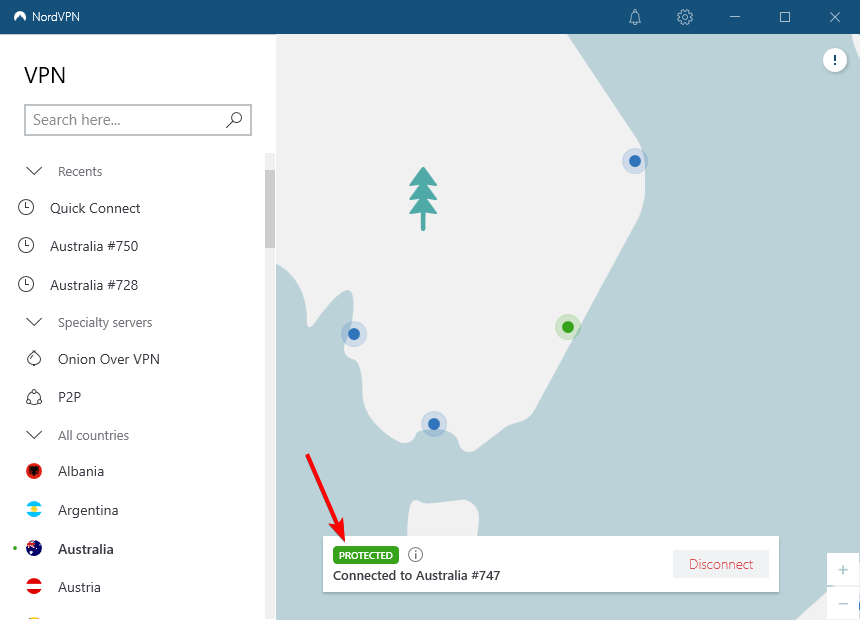
Method 4: Use Google Chrome extensions to unblock websites
Installing Google Chrome extensions can help you unblock websites on Chrome. In fact, it works in the same way as Method 3. The difference is that the Google Chrome extension is only available for Google Chrome.
There are hundreds of VPN extensions for you to choose to find the one that works for you. Here we take Zenmate as an example.
1) Launch Google Chrome, click the three dots button in the upper right corner, then click More tools and find Extensions. 
2) Open the Extensions menu on the left side and click Open Chrome Web Store. 
3) Search Zenmate and then click Add to Chrome. 
4) Sign up and run the extension.
Method 5: Repair system files
Sometimes corrupted system files and hardware issues will lead to all kinds of errors. To identify the cause and repair it, you don’t have to check those components one by one but perform a quick automatic system scan.
Fortect is a powerful tool that specializes in Windows repair and cleaning to get your PC optimized. It scans to get full visibility of your PC health so that it can repair and replace damaged or missing files on your computer (registry keys, DLL files, etc). It’s like a fresh reinstallation of Windows, but keep your programs, user data, and settings as they are.
- Download and install Fortect.
- Open Fortect and click Yes to run a free scan of your PC.

- Fortect will scan your computer thoroughly. This may take a few minutes.
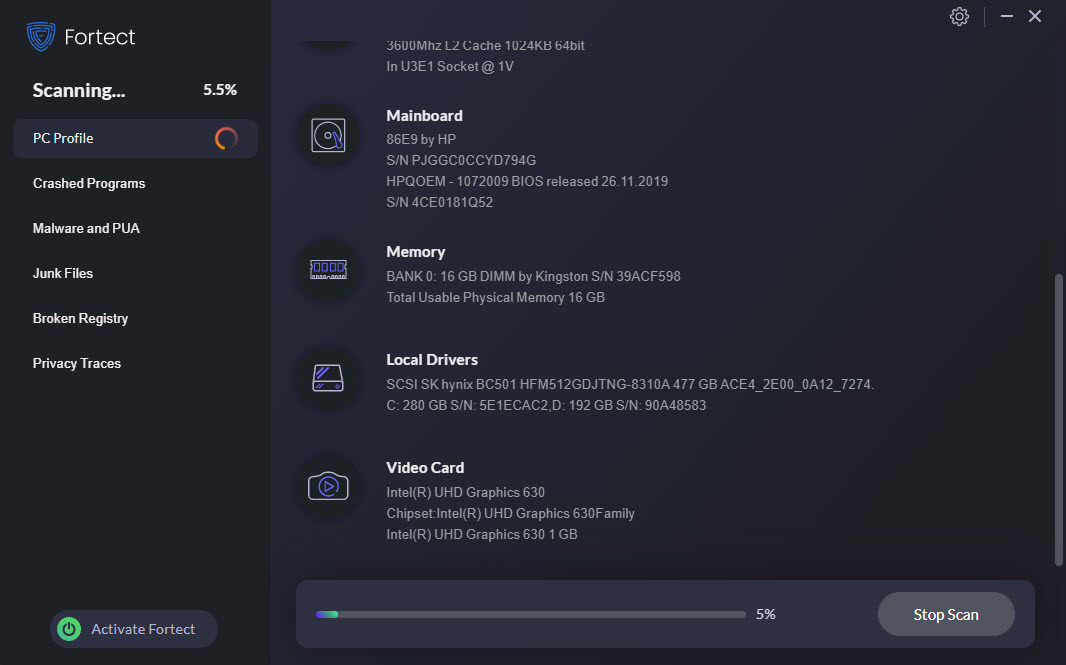
- Once done, you’ll see a detailed report of all the issues on your PC. To fix them automatically, click START REPAIR. This requires you to purchase the full version. But don’t worry. If Fortect doesn’t solve the issue, you can request a refund within 60 days.
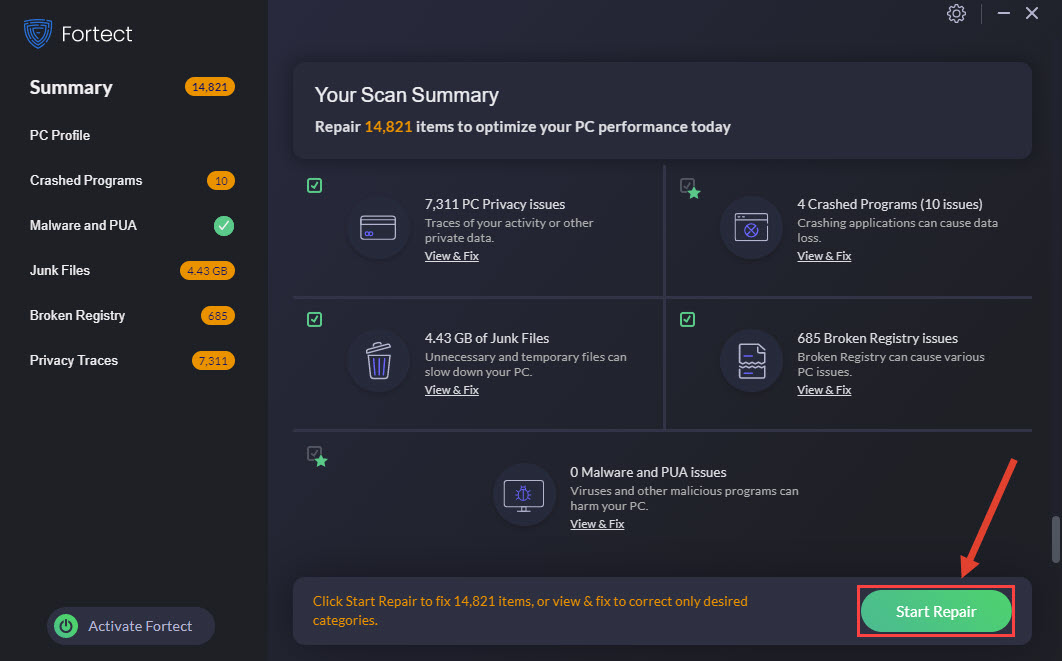
Email: support@fortect.com
Tip: Change settings for a specific site
You can change permissions for a specific site when you enter the site easily. If you’re not allowed to download from a site that you trust, you can use this tip to change the settings easily and quickly.
1) Click on the sign in front of the site address. You may see Lock ?, Info ?, or Dangerous ?.
2) Choose Site settings.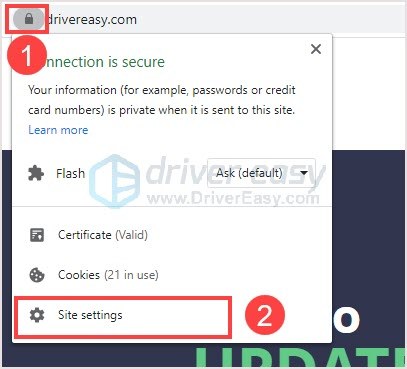
3) Change the permission you want. 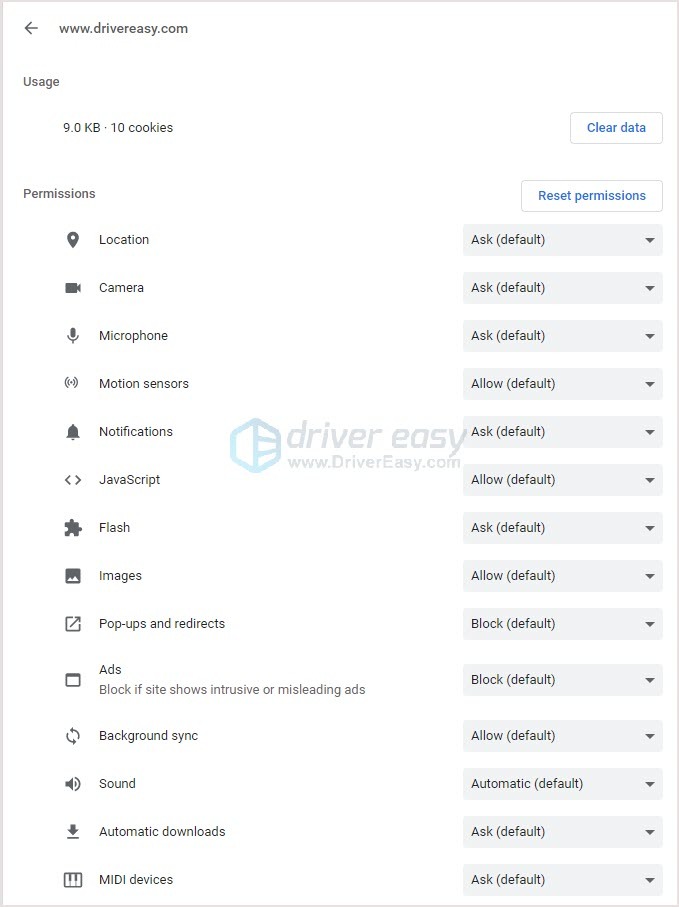
We hope you find the above information helpful. And if you have any ideas, suggestions, or questions, feel free to leave a comment below.






